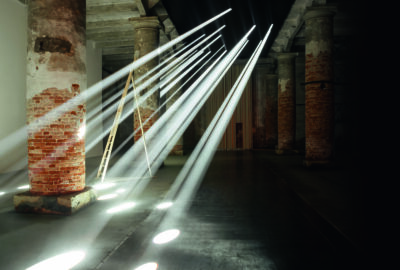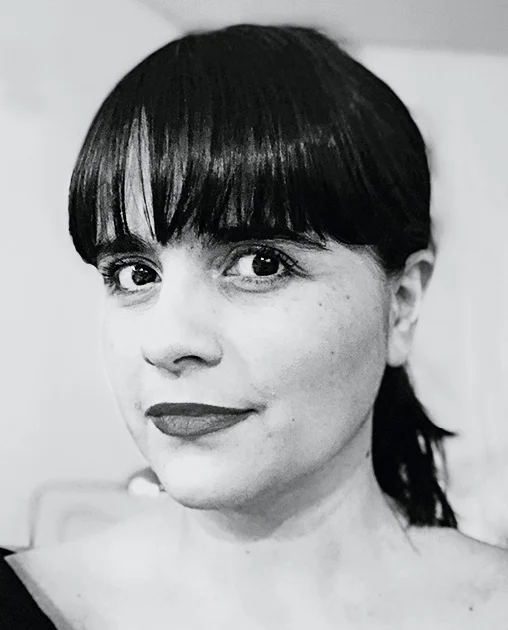Gästkolumnen
Time to think outside the ‘black box’
Our role as lighting designers is evolving into a more integrative one, in charge of the lighting strategy within a project for both daylight and electric lighting.
Vill du fortsätta läsa?
Denna artikel är låst och endast tillgänglig för prenumeranter som skapat konto på ljuskultur.se. Som prenumerant kan du läsa samtliga artiklar från det senaste numret på nätet och får tillgång till ett växande arkiv av tidningens rika material. Är du redan prenumerant klicka på Logga in nedan för att logga in eller skapa konto.
Bli prenumerantI often find myself reflecting upon the start of our profession, with its roots in theatrical lighting, where the starting point was a black box and the main role of lighting was to create emotions and engage the audience.
From then until now a lot has happened with our profession our projects have gotten more and more complex, demanding specific knowledge on sustainability, daylight, digital tools, human performance, health and wellbeing.
Instead of following the natural rhythms of daylight we have come to spend over 90% of our time indoors. New certifications like WELL are now putting pressure on raising the quality of lighting based on our visual and physiological needs, while setting up new guidelines for lighting in the built environment.
The whole push that the industry is making on promoting ”artificial” human centric lighting is like persuading someone to drink sugary soda instead of water. Human centric lighting is lighting fitted for the humans needs. Lighting that integrates daylight and electric light and takes into consideration the person, the task and the context in the best possible way.
We as lighting designers have a mission which is to create better spaces of people to live in. For this natural light must play a more vital part in the building design process and we must be humble and accept that we might not know it all. Collaboration at this stage is needed, daylight specialists, architects, clients and users must take part in the creation of a common strategy for lighting, both natural and electrical, that ensures better spaces for people to work, play and live in. For this to happen daylight strategies must take place at the early stages of the design process ideally at the urban planning stage, where I hope, people making decisions take responsibility for safe guarding ”our right to daylight”.
It is time to think outside the black box and explore the unexplored.
Isabel Villar, IALD, MSc. Architectural Lighting Design, Industrial Designer
Publicerad den 21 maj 2018
Ur Ljuskultur Nummer 3, 2018
Du kanske också gillar:

Ljus i världen
Gudomliga strålar
Lightscapes är ett verk som som inspirerats av fenomenet ”crepresculära strålar” - ibland även kallat…

Gästkolumnen
All together now!
Lighting design can bring many advantages to urban areas. Sustainability and a thriving night time…

Interaktivt Ljus
Den peruanska pionjären Paz
Ljusdesignern Claudia Paz skapar inspirerande platser för folket genom interaktiva ljusinstallationer i urbana miljöer. Vid…



